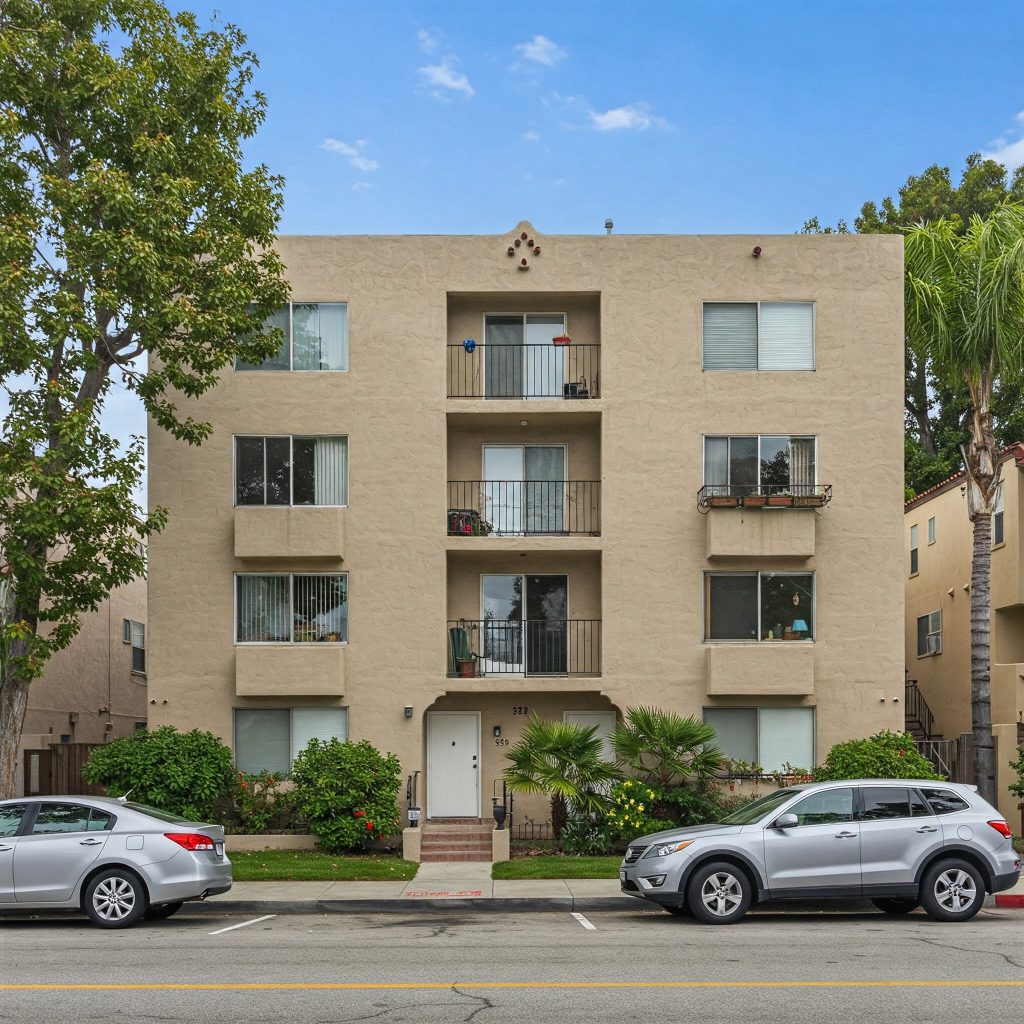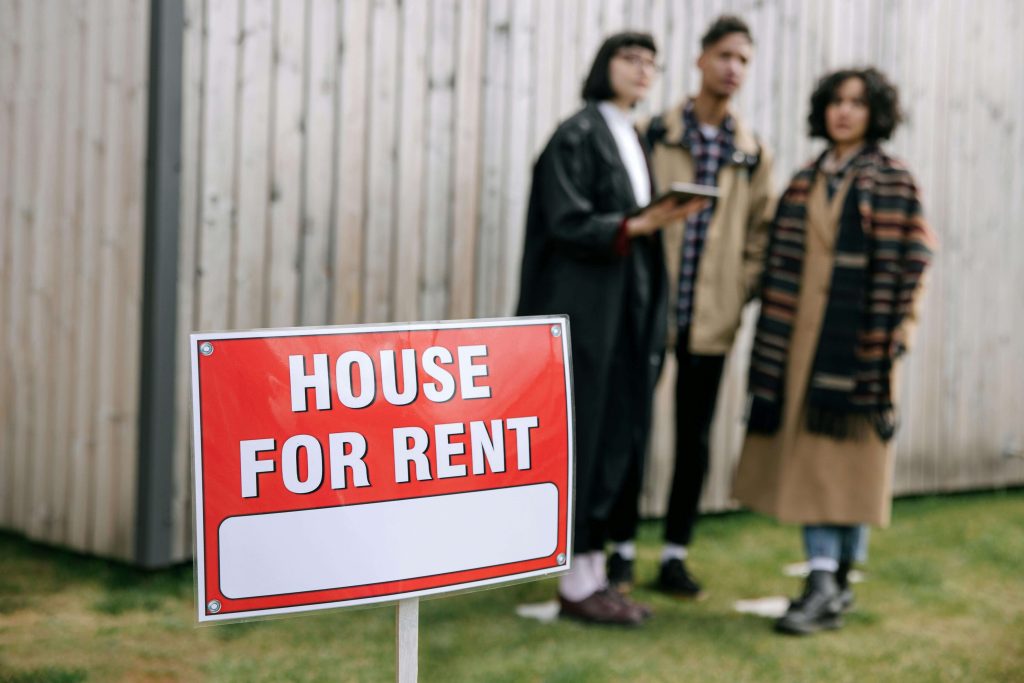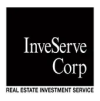Investing in real estate is often seen as a milestone—a powerful way to build wealth and create long-term financial security.
For many, owning a small apartment complex in Los Angeles comes with excitement and uncertainty. The allure of steady rental income, appreciation potential, and a stake in one of the most dynamic property markets in the world is undeniable.

At the same time, questions about risk, regulation, and housing market trends leave even seasoned investors pondering their next move.
You’re not alone if you have questions or hesitate over the uncertainties. Understanding whether this decision is right for you starts with looking at the facts, the opportunities, and the challenges of owning a small apartment complex in LA.
Understanding the Los Angeles Real Estate Market
Los Angeles is the second-largest city in the U.S., with a population of nearly 4 million and a surrounding metro area serving over 13 million. That creates a strong and consistent demand for rental housing.
Here are some key characteristics of the LA real estate market:
- High demand for rentals: Nearly 63% of LA residents rent rather than own their homes.
- Limited housing inventory: Strict zoning laws and high construction costs limit new supply.
- Strong rental rates: As of early 2025, average rents in LA hover around $2,500/month, though this varies widely by neighborhood.
- Appreciation potential: Property values have historically increased year over year, although the market is cyclical.
Advantages of Investing in a Small Apartment Complex in LA
While all investments carry risk, there are compelling reasons why buying a small apartment complex in LA can be a smart move—especially for those who do their homework and plan carefully.
- Multiple Streams of Income
Unlike a single-family rental, where vacancy means zero income, a multifamily property spreads risk across several units. If one unit is vacant, you still collect rent from the others.
- Economies of Scale
Managing and maintaining one roof with several units is more cost-effective than managing multiple single-family homes spread across town. Some shared costs include:
- Property taxes
- Insurance
- Landscaping
- Maintenance
- High Rental Demand
LA’s tight housing market and relatively low homeownership rate mean consistent tenant demand. Well-located properties often lease quickly and enjoy lower vacancy rates.
- Appreciation and Equity Growth
LA real estate has appreciated steadily over the past several decades. Investors can build equity through:
- Natural appreciation in property values
- Value-add improvements (upgraded units, curb appeal, energy efficiency)
- Strategic rent increases over time
- Tax Advantages
Owning rental property opens the door to various tax benefits:
- Depreciation deductions
- Mortgage interest deductions
- Write-offs for repairs, management, and operating expenses
- Potential 1031 exchange opportunities
Challenges and Risks to Consider
Like any investment, multifamily real estate investing in Los Angeles comes with its own set of challenges.
High Purchase Prices
LA is one of the most expensive real estate markets in the U.S. A small 6-10 unit complex in a modest neighborhood may run $2 million or more, depending on location and condition.
Strict Rent Control Laws
The City of Los Angeles Rent Stabilization Ordinance (RSO) applies to many apartment buildings built before 1978. Rent control limits how much and often landlords can raise rents, which can impact your income strategy.
Regulatory Complexity
California and Los Angeles have some of the nation’s most tenant-friendly laws. Landlords must navigate:
- Just cause eviction requirements
- Strict notice timelines
- Move-in/move-out procedures
- Lingering COVID-19-related protections (some of which are still in effect)
New investors should consider partnering with an experienced property management company to ensure legal compliance.
Maintenance and Capital Expenses
Older buildings may come with deferred maintenance issues such as:
- Outdated plumbing or electrical
- Roof or foundation problems
- Energy-inefficient systems
Be sure to budget for ongoing maintenance as well as unexpected repairs.
What to Look for in a Small Apartment Complex

When evaluating a multifamily investment property, look beyond just price. Here are the key factors to assess:
1. Location
A desirable location is key to attracting and retaining tenants and maintaining value over time. Consider the following:
- Proximity to public transportation
- Walkability to amenities such as parks, restaurants, and grocery stores
- Low crime rates in the area
2. Size and Unit Mix
Managing a property can be stressful, no matter its size. Smaller complexes might seem easier to handle, but unexpected maintenance issues or tenant disputes can quickly become overwhelming.
Larger properties, on the other hand, often demand more time and resources, making it difficult to manage without professional help.
The unit mix—different types and sizes of units—adds another layer of complexity, influencing rent pricing and tenant turnover. Regardless of the property size, effective management requires constant attention and effort.
3. Age and Condition of the Property
The age and condition of a property can also significantly affect its management. Older properties may require more maintenance and repairs, adding to management costs. On the other hand, newer investment properties may come with warranties and be less likely to need immediate repairs.
4. Local Laws and Regulations
Property owners should be familiar with local laws and regulations regarding rental properties. These may include safety codes, zoning restrictions, and landlord-tenant laws.
5. Market Trends
Knowing market trends can help property owners decide rent prices, marketing strategies, and tenant screening processes. It’s essential to keep up with local real estate market changes and adjust management strategies accordingly.
6. Tenant Retention
Finding new tenants is essential, but retaining current ones is just as crucial. High turnover can be costly, with vacant units leading to lost income and expenses for advertising or preparing units. Property owners should build good relationships and quickly address tenant concerns to boost satisfaction and retention.
Analyzing Financial Metrics for Small Complexes
Understanding the financial metrics of a small complex is essential for new property owners looking to make informed decisions. Key figures to evaluate include Net Operating Income (NOI), which is determined by subtracting operating expenses from gross rental income.
Another critical metric is the capitalization rate (cap rate), which indicates the potential return on investment by dividing NOI by the property’s value.
Property owners should also assess the cash-on-cash return, which measures annual pre-tax cash flow as a percentage of the initial investment. Additionally, expense ratios, the debt service coverage ratio (DSCR), and vacancy rates significantly evaluate a property’s financial performance.
By carefully analyzing these metrics, property owners can assess profitability, identify areas for improvement, and make more strategic financial decisions.
The Role of InveServe Corp in Property Management
Many new investors underestimate the day-to-day demands of managing a small apartment building. InveServe Corp, a trusted Los Angeles-based property management company, can help simplify the process by:
- Ensuring compliance with local laws and rent control
- Handling tenant screening, leasing, and rent collection
- Coordinating repairs and maintenance
- Improving tenant retention and occupancy
- Providing monthly financial reporting and long-term strategy
InveServe Corp can turn a hands-on investment into a more passive, worry-free income stream. Contact us and let us take care of the details while you focus on growing your portfolio.


